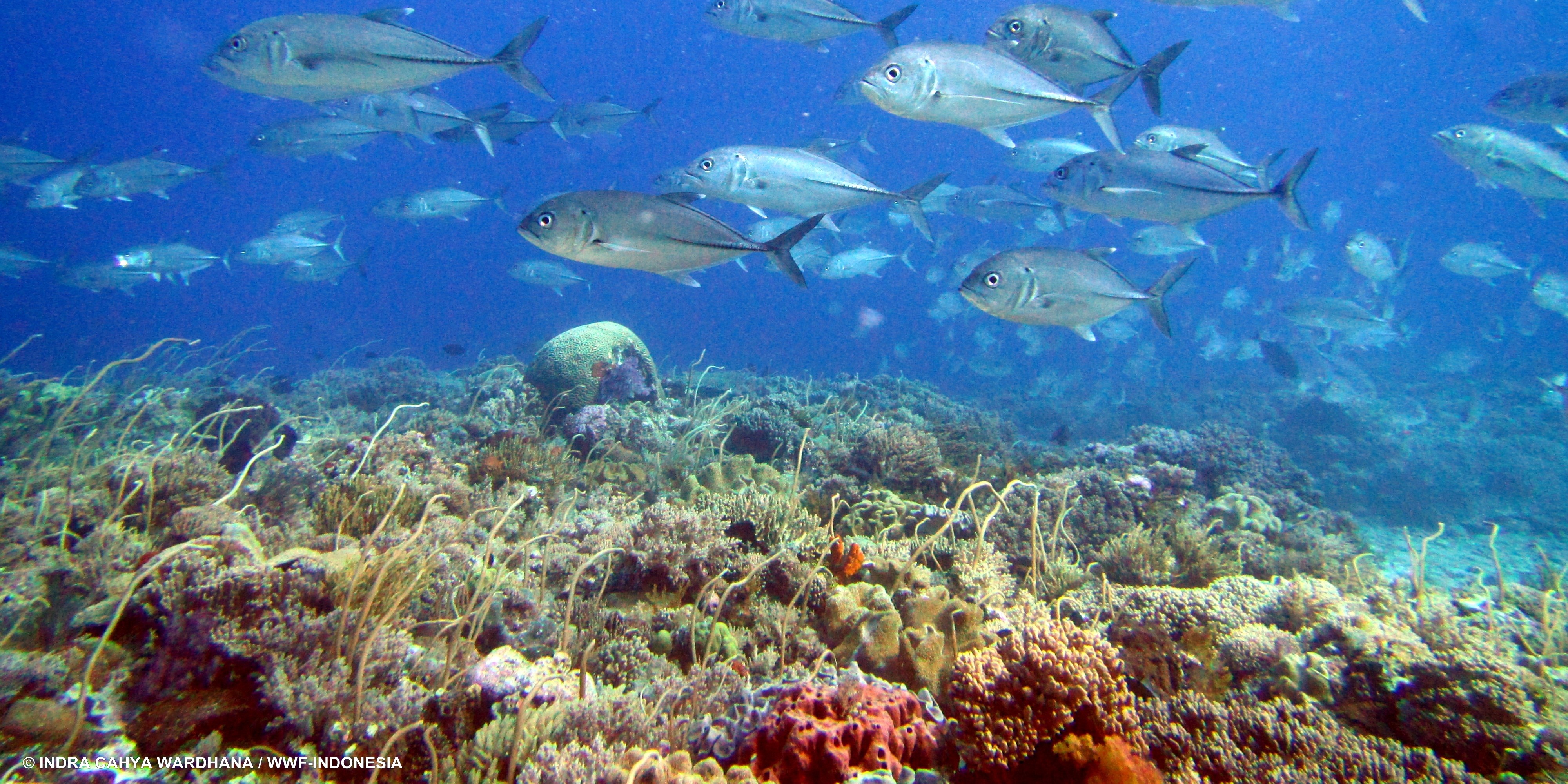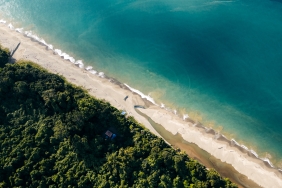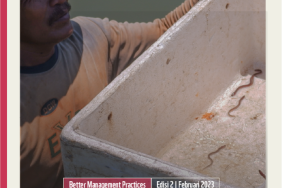#XPDCMBD: 'ATOLL-LICIOUS'
Author: Estradivari (WWF-Indonesia)
I knew from the start that the team would be visiting a large atoll in Southwest Maluku and I was looking forward to the opportunity. Most of the coral reefs surrounding Indonesia's coastline are fringing reefs, so being able to visit one of Indonesia's large atolls was an unforgettable experience.
Meatimiarang is the largest and most famous of the islands in the atoll. That is the reason why I refer to this large atoll as Meatimiarang Atoll. Meatimiarang Atoll consists of five islands, namely Meaterialam, Amortaun, Morau, Meatimiarang and Jagotutun. The lagoon contained within this atoll is also very large, about 7-21 meters deep, and has only one entrance to the lagoon, which is small and narrow.
I also had the opportunity to snorkel in three different areas, namely the outer area of the atoll, inside the lagoon, and at the entrance to the lagoon, to see the condition of the coral ecosystem. In the outer area of the atoll, the coral cover was very dense, colorful, and filled with a variety of benthic biota and schools of fish. Begin (IPB) and Ubun (WCS-IP), benthic and fish experts who participated in this expedition, were amazed by the diversity and variety of fish sizes found in the survey using the Point Intercept Transect method in this area. Even though they have seen many conditions of coral ecosystems in Indonesia.
At the second snorkeling site, inside the lagoon, I found coral reefs that were very sparse and patchy (patchy)and between the patches were expanses of seagrass and sand. Each patch of coral cover is only about 20-30 m2 with 1-3 meters of coral relief and provides a place for small fish and various benthics to live. The lagoon area is relatively quiet and hidden. I saw many small fish, some still juwana sized, swimming and hiding among the coral reefs. Hmm, maybe this is their nursery ground.
Even inside the entrance to the lagoon, the coral reefs are still sparse and scattered. However, the area of cover can reach 50 m2 with 3-5 meter high coral relief that often forms a complex three-dimensional topography. As expected, the size of the fish I saw here was larger than those inside the lagoon. However, the fish seen inside this entrance are still relatively smaller than those living on the outside of the atoll. Although I did find a few large fish swimming amongst the corals. The fish population density here also seemed much lower than the fish population outside the atoll.
From an ecological point of view, protecting the entrance to the lagoon is very important as this is the only way in and out of the lagoon for marine life. This ensures that the rearing grounds inside the lagoon and the feeding grounds outside the atoll for the target fishes are well connected and can support each other. According to the fishermen we met, they often find dugongs and turtles inside the lagoon. This is not surprising, as food and seagrass beds are abundant here. This new fact from the fishermen makes protecting the surrounding area even more important.





